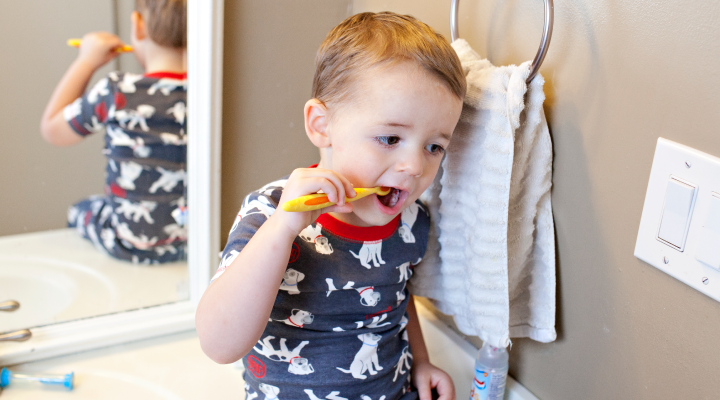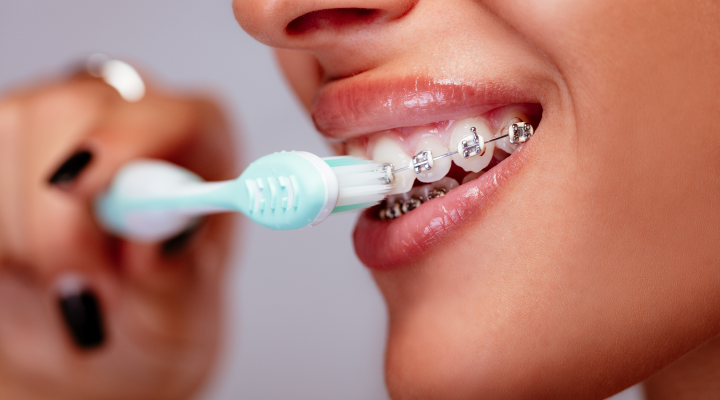What is a Dental Predetermination of Benefits?
Before you agree to treatment, request a Delta Dental predetermination of benefits. Asking for this before you undergo a procedure gives you the power to know the costs before you commit.
Upon receiving your request, your dentist will submit their recommended treatment plan to Delta Dental. Your X-rays may come along for extra information. No need to worry about finding a dental estimate form, either – just ask, and your dental office will submit your information on your behalf.
Once Delta Dental has this information, we will review the documents, the recommended procedures, and your benefits plan.
The Predetermination of how your benefits will be applied to the suggested dental service will then be sent to both you and your dentist office.
When Would I Use A Predetermination of Benefits?
We encourage you to request a predetermination of benefits prior to the start of extensive dental work, especially if your treatment needs could exceed $400. Remember to discuss with your dentist what will happen versus what could happen so your expectations are clear. A Delta Dental predetermination of benefits is most often requested for costly procedures such as crowns, wisdom tooth extractions, bridges, implants, dentures, and oral surgery.
If Benefits Change, Your Predetermination of Benefits Will, Too
The predetermination of benefits that we provide is just an estimate. It is not a guarantee, but rather our best estimation of the costs for which you will be responsible. If your benefits change before the treatment is completed (or starts), the estimate won’t be accurate. The following actions will also render a predetermination of benefits inaccurate:
- Loss of coverage
- Changes in your dentist’s participation with us
- Benefits provided by other medical or dental plans
- Changes to dental codes or treatment made
- Changes in appointment location
- Changes to your dental provider
Don’t forget, if you’re a Delta Dental of Wisconsin member, you can log in to your account to get specific details related to your plan. If you have questions about your pre-treatment estimate, feel free to contact us.









